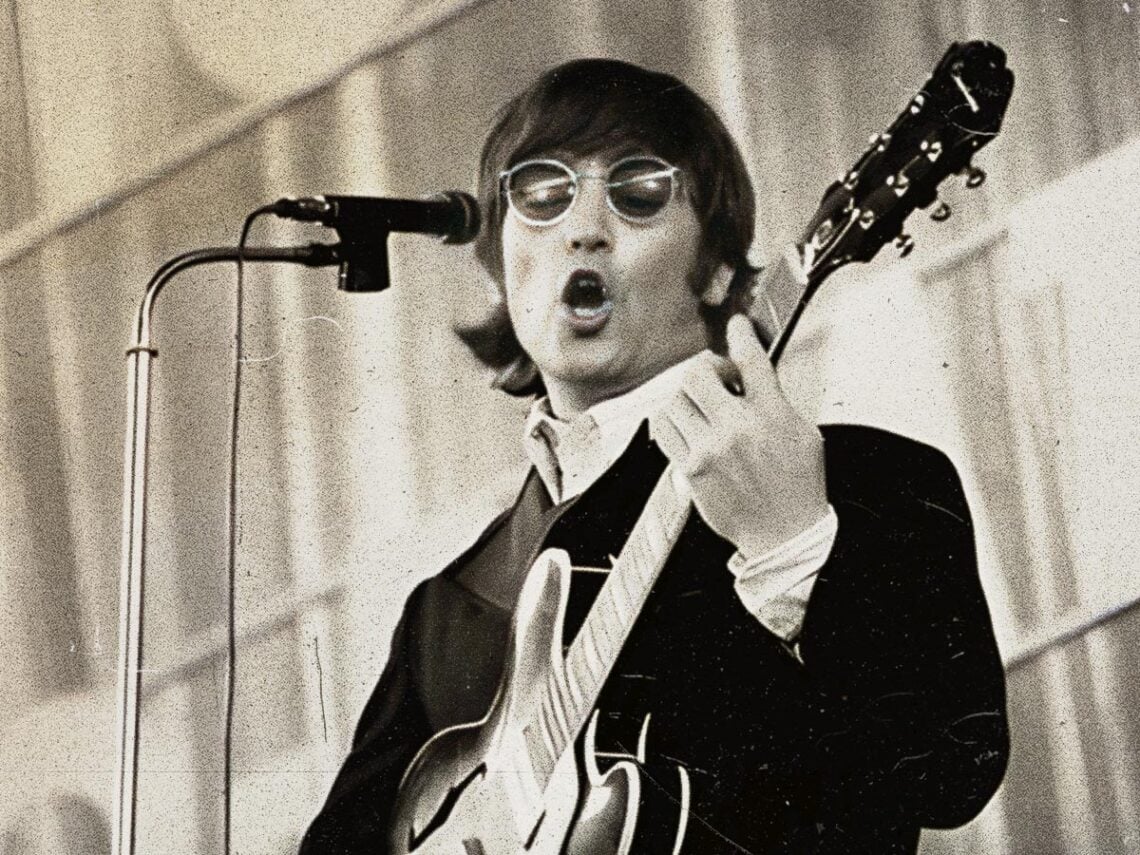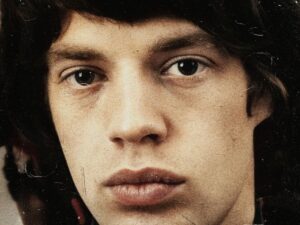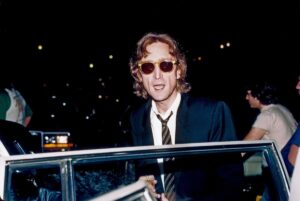It’s impossible to overstate the impact that The Beatles had on rock and roll music. After the original sounds of Chuck Berry, Elvis Presley, and Roy Orbison came along, these four lads from Liverpool made some of the most timeless music of the 1960s, much of which still holds up today as outstanding pieces of experimental rock art. Throughout their history, one question always loomed large in the guitar community: was John Lennon actually a good guitar player?
Although Lennon’s songwriting remained a cornerstone of The Beatles’ sound throughout their time together, he certainly wasn’t the most technical player in the world, often focusing on the rhythm while George Harrison wrote tasty solos over the top of every song. Even with some of the rudimentary guitar parts he would play, Lennon developed a unique style that hardly anyone else could imitate.
Originally starting on the banjo when he was a kid, Lennon’s approach to the instrument started out relatively percussive. When listening back to early Beatles cuts like ‘I Want To Hold Your Hand’ and their cover of ‘Money (That’s What I Want)’, Lennon is smacking the hell out of his strings like it is a melodic drum, always locking in with Ringo Starr to put some interesting syncopation into the mix.
Although the rhythm guitar approach usually came down to strumming chords, some of Lennon’s trademark habits have come from employing this technique. As much as a song like ‘And I Love Her’ comes from Paul McCartney’s melody and Harrison’s guitar lick, Lennon is doing the heavy lifting at the back, always having a steady pulse for the tune to live on top.
That’s not to say that Lennon couldn’t have a few lead moments, either. In the early days of The Beatles’ career, Lennon often played some guitar parts that functioned as a lead, like the rapid triplets in ‘All My Loving’. Although most of these are still basic chords, playing them at that speed is no easy feat, coming down to the hours that Lennon put in listening to the backing bands behind his favourite hits.
The same case can be made for songs like ‘Long Tall Sally’, where he plays off Starr’s snare drum by ramping up the chord stabs. When listening to the track, it’s easy to picture Lennon having the time of his life, almost egging Starr on to give some more energy as he keeps sliding into every chord.
As the ‘60s wore on, Lennon would find different ways to play guitar outside traditional chords. Although he still had to hold down the rhythm, Lennon tried to incorporate lead playing wherever he could, including the instantly recognisable hook of ‘Norwegian Wood (This Bird Has Flown)’. Despite having a few licks of his own, Lennon was always self-deprecating about his abilities as a guitarist.
When asked why he never tried to jam with other artists, Lennon always claimed to not be the most informed musician in the world, feeling that he would have been lost if he had gone to the clubs and jammed with friends like Cream back in the day. Once The Beatles left the road, though, Lennon was given much more time to explore their studio recordings.
Though not all of Lennon’s lead breaks were rooted in a common understanding of music theory, he was always about creating a vibe that suited the song. Take something like ‘Honey Pie’ from The White Album, for example. Most of what Lennon plays on the lead line might seem fairly intricate, but what he was trying to do half the time was simulate how a 1920s clarinet might have sounded on the recording. Despite now having any knowledge of scales, Lennon was more concerned about what sounded right for the song instead.
As the decade progressed, Lennon’s skills as a lead guitarist blossomed, with ‘Get Back’ having some of the tastiest licks of his career. Regardless of his lack of technique, Lennon always remained a fairly bluesy guitar player, taking cues from people like BB King by playing fairly sparsely.
That bluesy nature continued into his solo career in 1970. Since Lennon was the only lead guitar player on the album Plastic Ono Band, much of his technique falls back on blues traditions, using different rolling pentatonic runs and knowing how to bend the life out of a string.
Although Lennon’s style had cemented by the end of The Beatles’ career, the greatest showcase for what he could do comes on their final collaborative track ‘The End’. Capping off with a round-robin guitar solo between all three of The Beatles, Lennon’s is by far the most biting, creating a snarling tone throughout his breaks and making his guitar sound filthy.
Even though McCartney and Harrison both have their fair share of good licks, no one would forget Lennon’s, especially the break towards the end where he sounds like he’s trying to pull the strings off the fretboard. While this might not have been a traditional guitar battle by any stretch, Lennon’s limited vocabulary on the instrument may have worked to his advantage.
So the question of whether Lennon was any good comes down to what people look for in a guitar player. While Lennon might not have been able to rip the same lead lines as Eric Clapton or even George Harrison, his knowledge of his capabilities mattered, always locking in with the rhythm of the tune and ensuring that the song could breathe based on what he brought to it.
For budding guitarists, Lennon’s approach remains one of the best starting points for the instrument, having aspiring players lock into the rhythm first and then branch out from there. Lennon was never trying to be one of the greatest guitarists in the world, but his ability to find his voice on his instrument is something that professional musicians are still trying to find.



